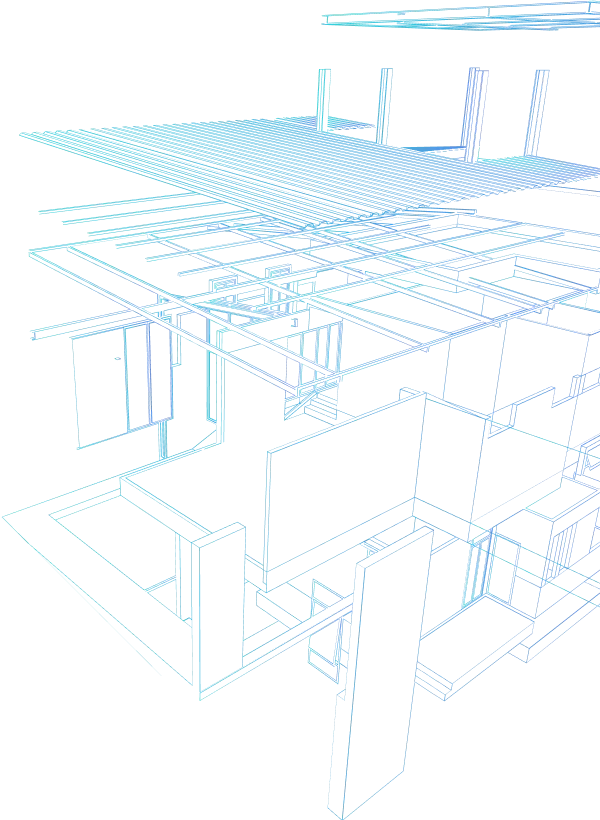

When Luis Aurelio Diaz returned to Colombia in 2003 to take the helm of his father’s real estate development company, he faced a stark reality. The Colombian economy was recovering fro...


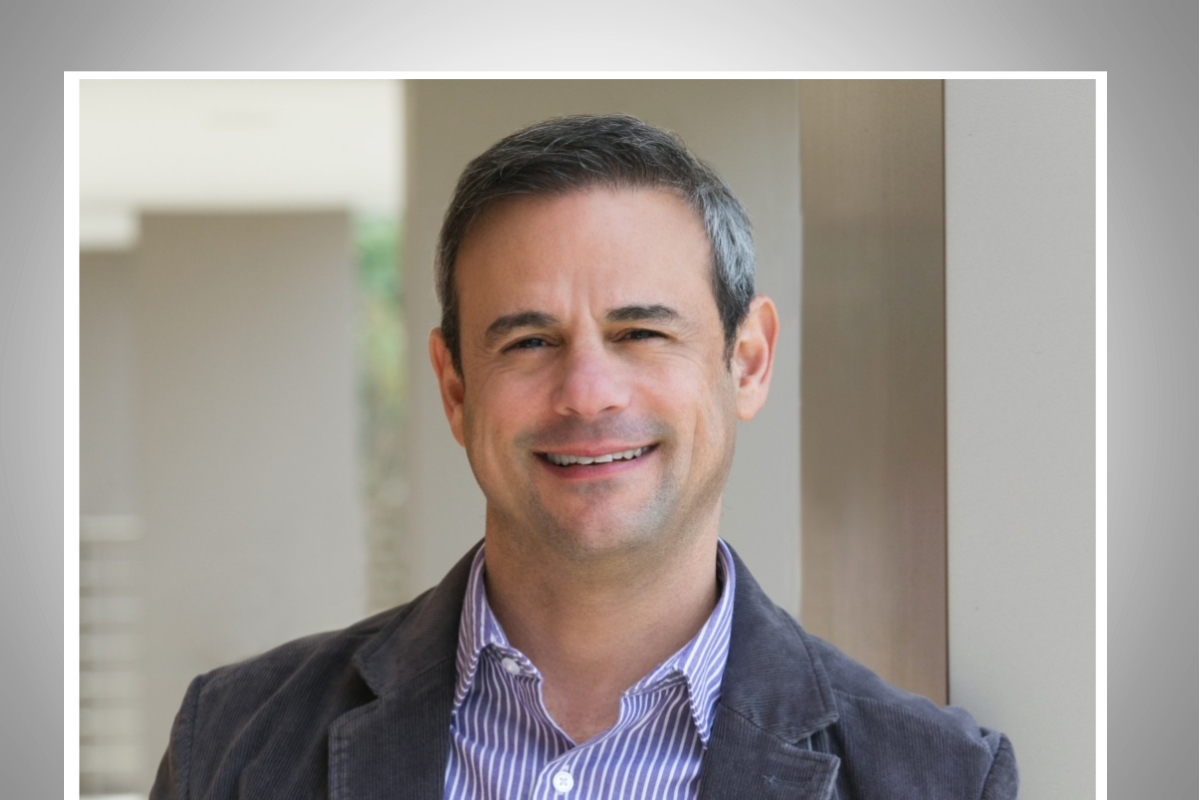

“Everyone thought I was crazy, because they said, ‘This is the CBD. There’s no residential here, there’s only office buildings. No one’s going to live here,'” recalls Gary Cohen, president of Willco, describing the initial reaction to his plan to convert an office building at 1111 20th Street into luxury apartments. But Cohen wasn’t deterred – in fact, he saw something others didn’t.
The story feels strangely familiar to him. Decades earlier, his grandfather faced similar skepticism when he purchased land in what was then a quiet residential neighborhood with industrial pockets and announced plans to build an office building. “People thought he was crazy… ‘What are you doing building an office building in the middle of nowhere,'” Cohen recalls of his grandfather’s vision for what would become one of DC’s central business districts.
Now, with the successful conversion of that same building into Elle Apartments, a 163-unit luxury apartment building, the Cohen family has come full circle, once again proving they can see potential where others see problems.
Willco’s story is deeply intertwined with the evolution of Washington, DC itself. The company, founded by Cohen’s grandfather, has consistently been at the forefront of the city’s development, with each generation bringing new vision to the nation’s capital.
Cohen’s journey to the family business wasn’t straightforward. “I didn’t start off with the desire to go into the family business,” he explains. “I always grew up with it being part of our family, but I never was interested.”
Instead, Cohen initially pursued a career in education, earning a master’s degree from Pace University and becoming a teacher. But classroom life wasn’t the fit he had hoped for, and when his brother left the family business, Cohen decided to give real estate a try.
After cutting his teeth at Newmark in New York, working in property management and construction, Cohen returned to DC and eventually started Willco Residential. His timing aligned perfectly with then-Mayor Anthony Williams’ vision to develop Washington into “a real city with a real pulse.”
“In my experience in New York, I realized urban development is what I love. I would love for DC to become a real city with a real pulse, where people want to live and eat and drink and play and work,” Cohen says. That passion led him to focus on urban infill development, building approximately 500 boutique condo units across the District over the next two decades.
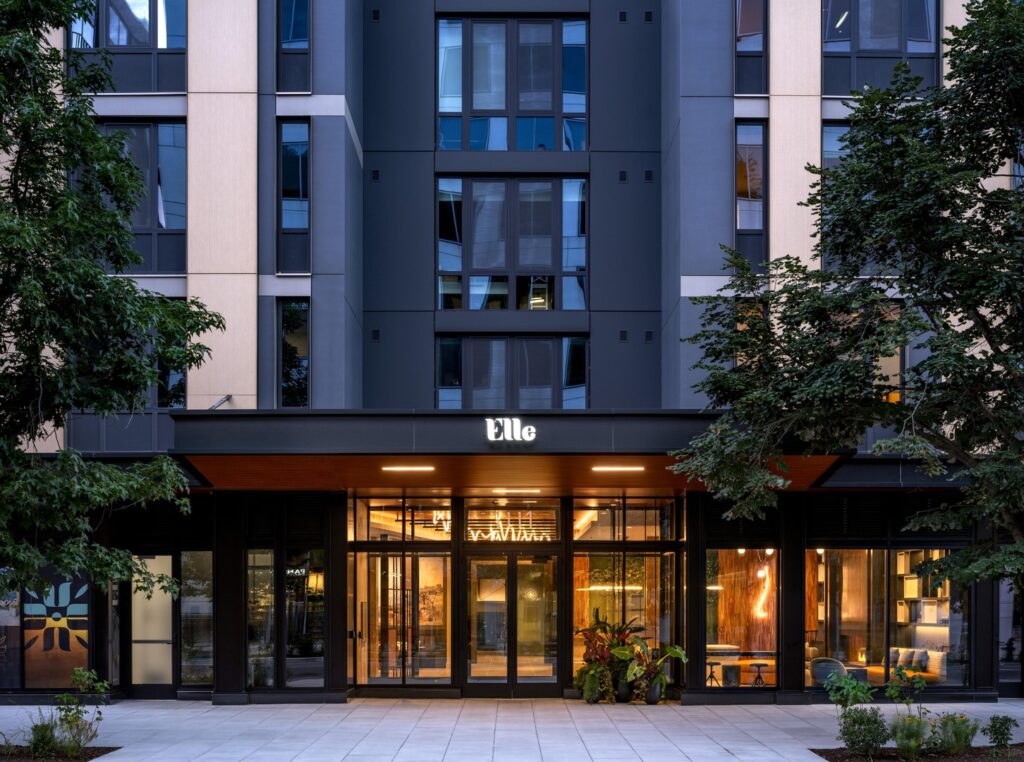

Six years ago, Cohen rejoined forces with his father to tackle a family legacy property – the vacant office building at 1111 20th Street, which his grandfather had purchased in the early 1960s.
“My grandfather bought the land in the early 60s,” Cohen explains. “He actually made a deal with Department of Labor to build them an office building… and because it was the first office building in that part of town, he called the building the Vanguard building.”
That building would ultimately become Elle Apartments, downtown DC’s first major office-to-residential conversion – a project that Cohen describes as the culmination of his career. “That project exemplified all my years of multifamily experience and being in Washington. It told the whole story of my career in that one development.”
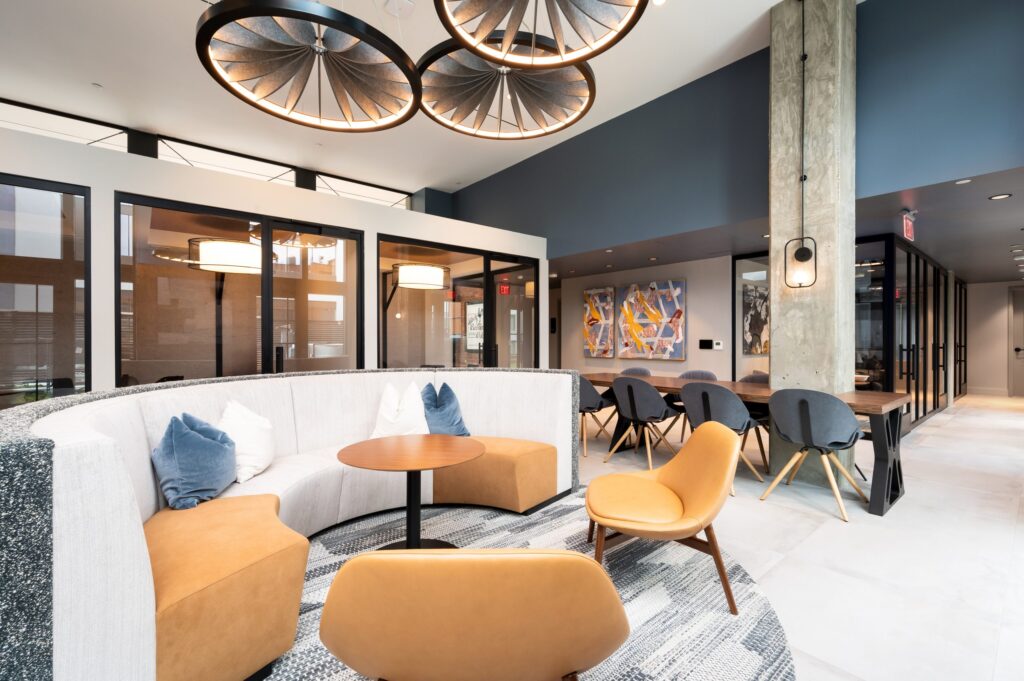

While Cohen modestly attributes some of Elle Apartments’ success to luck, the reality involves far more strategy and execution than fortune.
“When I say luck, I mean it checked all the boxes,” Cohen clarifies. “Good execution has nothing to do with luck. You have to execute right.”
The structural features of the building proved ideal for conversion. Unlike many modern office buildings constructed with post-tension cables that significantly complicate conversion efforts, this building had a more adaptable structure.
“The fact that we were not post-tension and we were just rebar provided us the flexibility of where the rooms go, where the units go, where the bathrooms go, where the kitchens go, and it allowed us to get creative with the floor plan,” Cohen explains.
But physical adaptability was just the beginning. Cohen and his team recognized that to succeed, they needed to create something exceptional. “The only way this would be successful is if we separated ourselves from the competition and made this a high-end building. It has to have all the bells and whistles.”
That strategy led to the addition of amenities like a community room, dog park, state-of-the-art gym, beautiful outdoor area, and even adding a penthouse level with a pool. The team also conducted thorough demographic and psychographic studies to confirm the market would support the target rent of “at least mid-fours a foot.”


Their research indicated strong potential demand from “GW law school students, doctors and nurses from the hospital, people that work from the World Bank, people that worked at embassies, young lawyers, young couples.”
Perhaps the most remarkable aspect of Elle Apartments’ development was its timing – during the height of the COVID-19 pandemic when downtown areas were emptying and real estate projects were stalling nationwide.
“COVID came. The world was falling apart. But we kept going. We just kept going,” Cohen recalls. He compares the situation to a memorable scene from “Forrest Gump”: “Remember when Captain Dan and Forrest were on the ship, the shrimp boat? The storm happened, and they were the only shrimp boat left.” Just as the storm in the movie swept away the competition, COVID halted most development projects, but Elle Apartments’ team continued when almost everyone else had stopped.
Financing proved particularly challenging during this period. Lenders questioned the fundamental premise: “What are you doing converting a 1960s office building into state-of-the-art multifamily in an area that has no residential? What makes you think people are going to come back downtown? Everyone’s leaving the city.”
Cohen maintained his conviction: “Yes, people were leaving the city, but people that were already living in the apartment buildings downtown – it’s not like they just left.”
Eventually, as lenders visited the site and recognized its proximity to established residential neighborhoods like West End and Dupont Circle, along with institutions like GW Law School, the skepticism faded.
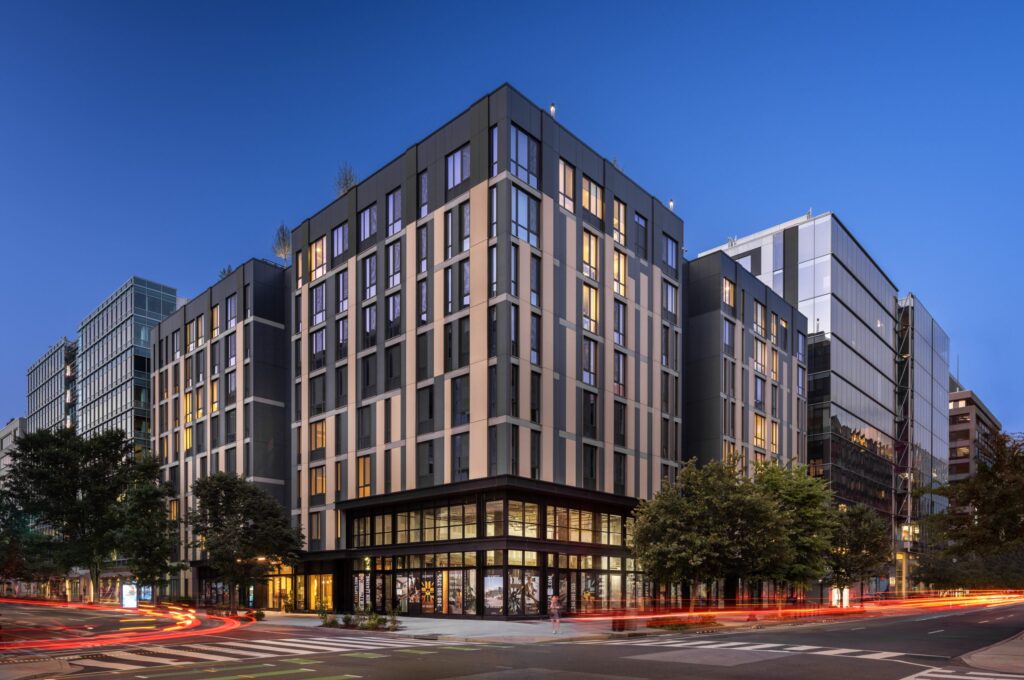

Cohen’s vision extended beyond just the residential component. A critical element was the 8,000 square feet of ground-floor retail space, which Cohen recognized as “The X Factor” for both the building’s success and the neighborhood’s revitalization.
“It was really important for us to make that space stand out,” he explains. “We wanted to get a cool restaurant in there.”
The team transformed the corner of 20th and L by creating dramatic 23-foot ceilings. “We wanted a restaurant to come to DC and say, ‘West End is a great area for a restaurant. Look at all the successful restaurants there now. Dupont Circle, look at all the successful restaurants there now,’ but I wanted them to walk in our space and think, ‘Wow, this is dramatic.'”
The strategy worked, resulting in a 10-year lease with Moxies, a Toronto-based restaurant group. “The residents in the neighborhood are super excited that they’re coming, because people understand this is what you need to activate the corner, to activate the neighborhood,” Cohen says. “It’s a vibe.”
Elle Apartments’ success has already sparked similar projects in the area. “There’s already been in the last three months announcements of two buildings that were office buildings that are now moving ahead and converting to residential, and they are both no more than two blocks away from 20th and L,” Cohen notes.
As for the future of downtown DC, Cohen remains decidedly optimistic: “I’m optimistic about the big picture. Metro ridership has never been higher since pre-COVID. Thank God the Capital One arena is staying in DC and not leaving. That would have been a disaster. I am fully optimistic that the Commanders are going to come back to RFK Stadium, which is going to be huge.”
Cohen sees Washington, DC as still in its early stages of development. “I still think that DC is in its infancy when it comes to becoming a real city. In the long term, I’m very bullish. We’re still in the first quarter.”
While Cohen maintains a cautious approach to immediate plans, he acknowledges that Willco has “some good legacy assets” and some buildings “coming up to be vacant in the next couple years.”
“We’re looking at all options right now,” he says. “What I do know is the office market between now and the next five years will look very different. Do we repurpose it to another residential development? Do we repurpose it to a hotel? Do we repurpose it to something completely different? I don’t know, but we’re keeping all of our options open.”
Whatever direction Willco takes, Cohen is quick to acknowledge the foundation that made Elle Apartments possible: “Elle Apartments could not have happened without my father’s blessing, and could not have happened without him having the confidence in me to execute.” He also credits Bozzuto with “top-notch execution of the marketing and leasing” that has been “integral in the success of our project so far.”
If the Cohen family’s history is any indication, their next moves will likely be ahead of the curve, continuing their legacy of seeing opportunity where others don’t – a tradition of urban innovation enhancing the nation’s capital through thoughtful adaptive reuse.
Explore similar articles from Our Team of Experts.


When Luis Aurelio Diaz returned to Colombia in 2003 to take the helm of his father’s real estate development company, he faced a stark reality. The Colombian economy was recovering fro...
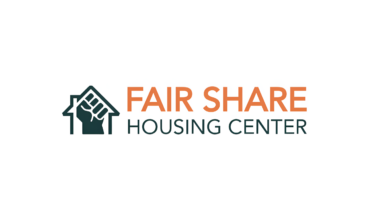

Twenty-five thousand new affordable housing units since 2015 tell the story of New Jersey’s success in tackling one of real estate’s most pressing challenges. The state’s M...


“We want to be the Four Seasons and the Ritz Carlton instead of the motel,” says Ting Qiao, CEO and Founder of Wan Bridge Group, describing his vision for the company’s rol...


“For every 50 contractors that retire, only seven enter the workforce,” explains Shanna Greathouse, Founder and CEO of Pigybak, a startup at the intersection of social impact and...


“We’re seeing renewed activity both on the buyer side and on the development side this year. There’s been a strong appetite for development projects and the market seems to...
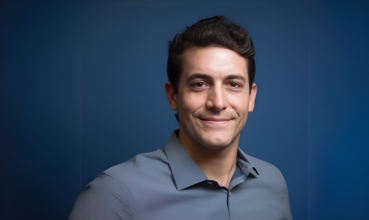

“It’s actually the golden age of EV charging amenities, especially in multi-family,” says Chris Kluesener, Co-founder and CEO of Matcha Electric. While headlines about elec...

